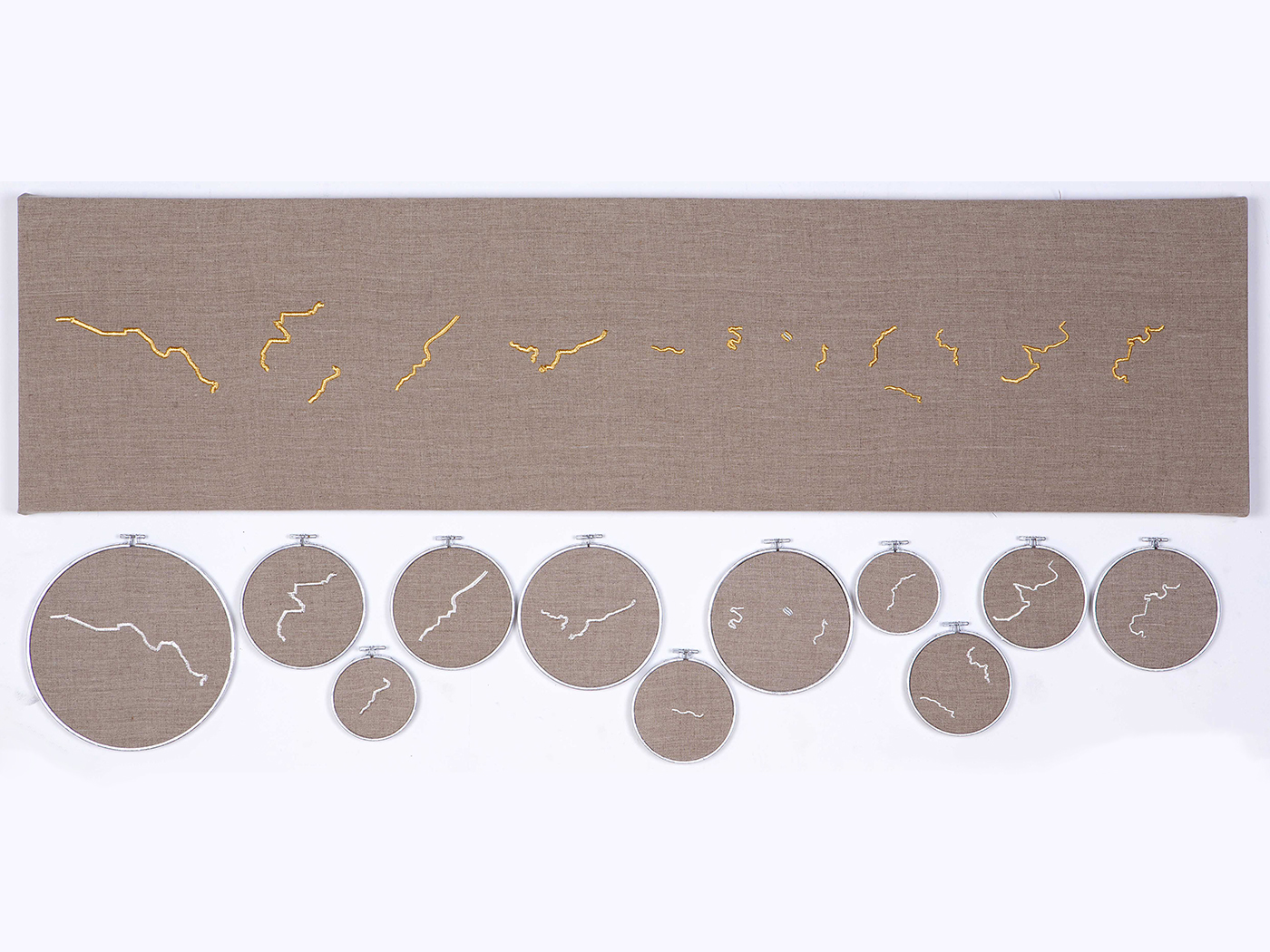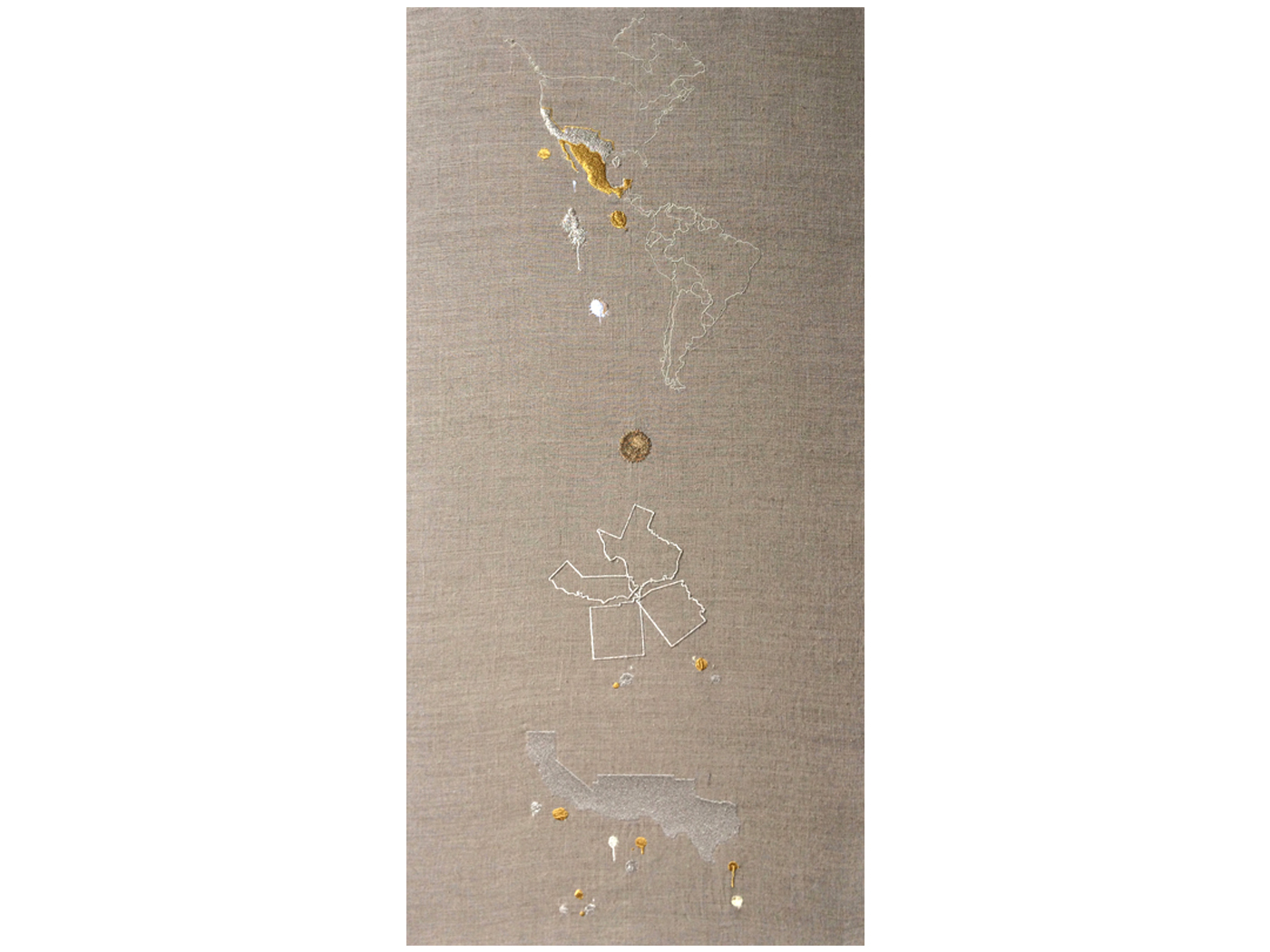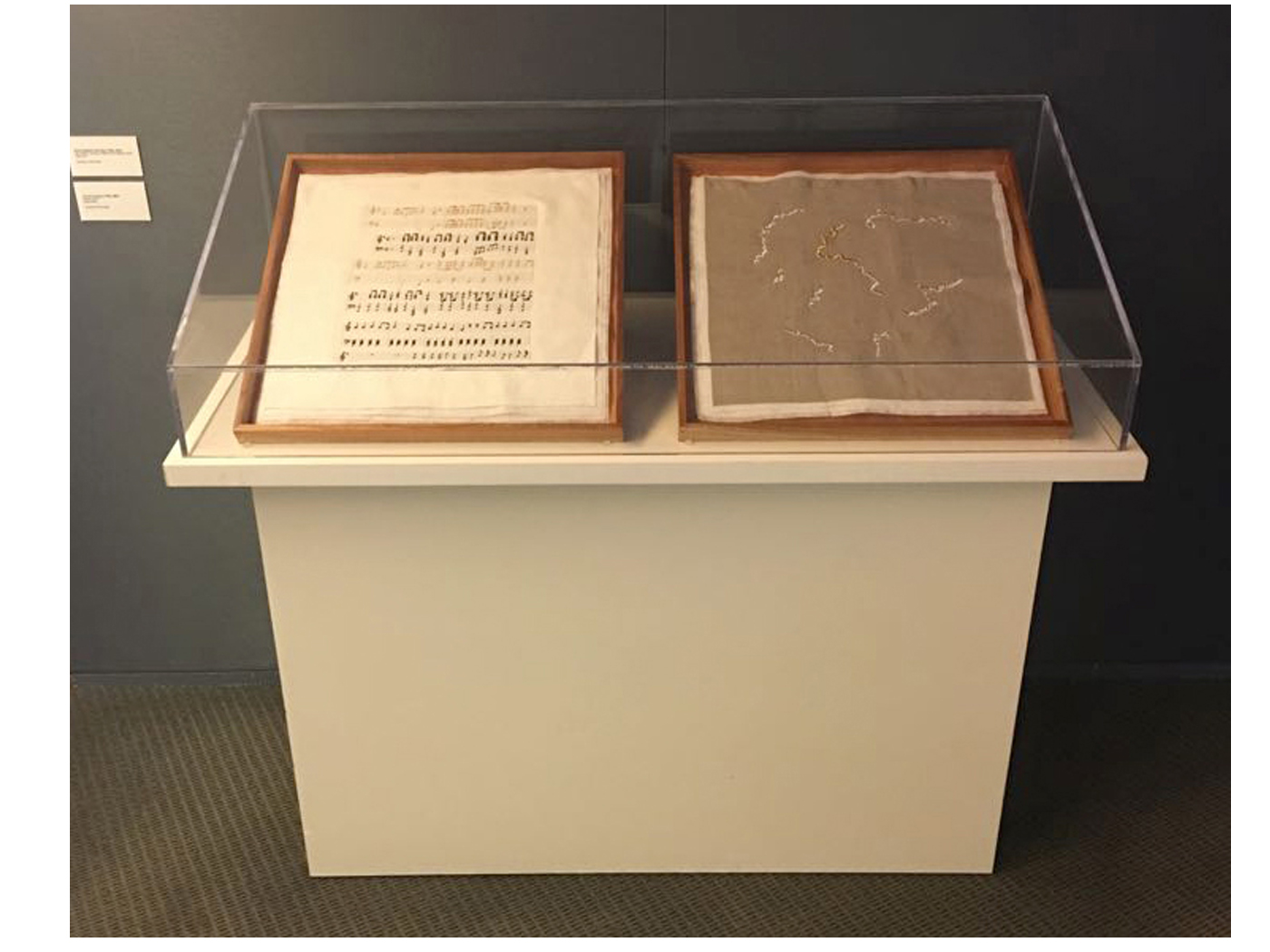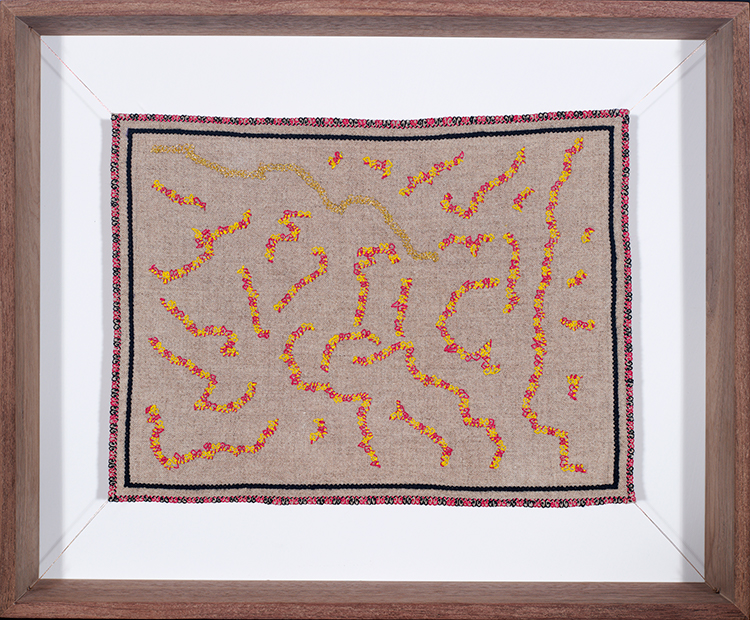“Fronteras / Borders”
“Fronteras / Borders” What makes someone a stranger? How do we define “us” and “them,” “me” and the “other”? The idea of “otherness” is essential to create an identity and a community that distinguishes itself from other groups. Historically, the elements that we use to define difference have included beliefs (religious or otherwise), physical characteristics, and familial groups. Today, one of the most common elements we use to define “us” and “them” is by largely arbitrary and abstract borders. We think of these boundaries as being irrefutable and immobile, believing that that which stands on the other side is different, alien, not one of “us.” But we forget how often these lines have changed in the past. What one day was part of “us” is now part of the “other,” or vice versa. Ana de la Cueva’s exploration of borders reminds us of their abstract nature. Who is a stranger and what makes them a stranger? Is it the fact that they were born on the other side of a line? By highlighting these lines, these man-made barriers, Ana de la Cueva explores their meaning and impact. Do you know how these lines came to be? Would you recognize your border, the line that makes you part of a group? How many borders do migrant workers have to cross? Would drug trafficking be so violent were it not for these borders? And if these lines change, who will be the next stranger? Text by Natalie Espinosa






